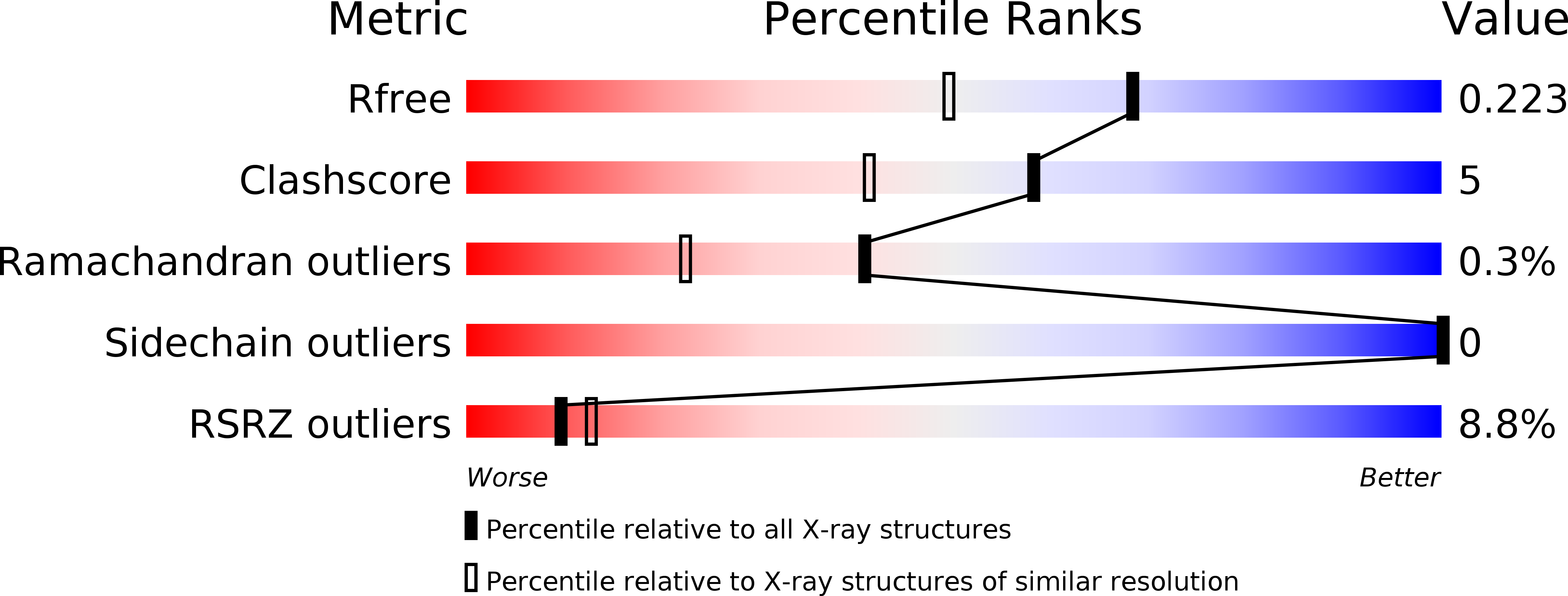
Deposition Date
2009-09-30
Release Date
2010-03-31
Last Version Date
2023-09-06
Entry Detail
PDB ID:
3K2M
Keywords:
Title:
Crystal Structure of Monobody HA4/Abl1 SH2 Domain Complex
Biological Source:
Source Organism:
Homo sapiens (Taxon ID: 9606)
Host Organism:
Method Details:
Experimental Method:
Resolution:
1.75 Å
R-Value Free:
0.22
R-Value Work:
0.18
R-Value Observed:
0.18
Space Group:
P 21 21 21


